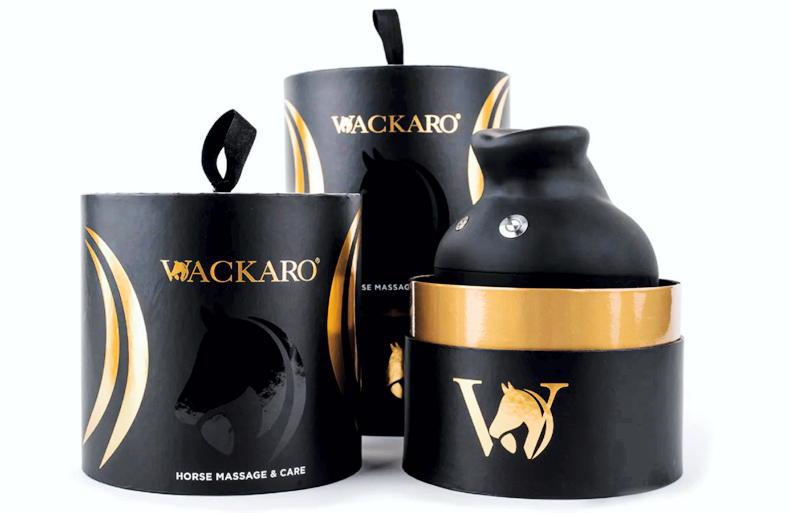BY now, horses are actively shedding their winter coats, leaving a layer of hair in the stable, on your clothes and inside your car. Shedding is more than just a nuisance, though. It’s a complex physiological process that tells you a lot about your horse’s health.
Contrary to popular belief, shedding is not controlled by temperature but by daylight. Therefore, as daylight hours slowly increase, a horse’s winter coat begins to loosen and shed. Since the amount of sunlight triggers shedding, owners should try to increase the length of time their horses are outside.
Ensuring your horse’s deworming programme is up to date is also very important for hair growth and quality. Large numbers of parasites deplete the horse’s store of essential nutrients, which often leaves the coat looking dull and rough. To form a more specific worm treatment plan, horse owners should pair a faecal egg count with targeted wormers.
Shedding times vary in length depending on the horse’s environment, state of health, and grooming routine. For example, a blanketed horse living in a sheltered stable might show very little change between its winter and summer coats; the same can be said for different horse breeds. As spring approaches, blanketing can help jumpstart the shedding process, as will regular exercise.
Exercise stimulates circulation, which is good for the horse’s skin and health overall. A bath can also help speed up the shedding process, but owners need to pay particular attention to the weather. If it is cold, it is best to avoid bathing the horse unless you have access to warm water and perhaps a solarium to dry off.
Grooming
Currycombs and shedding blades are most commonly used to remove dead winter hair. Most people are familiar with the traditional rubber currycomb with small ridges in concentric circles, though newer styles are available now that feature individual rubber spikes and ergonomic handles. Whatever type you choose, the process remains the same - use the currycomb in a circular motion to loosen the dead hair.
Shedding blades are metal devices that have teeth on one side. Some shedding blades are looped with a handle to be used with one hand; others come in a long, straight metal piece with handles on each end so that you can use both hands and cover more of the horse’s body.
Shedding blades should be used in the same direction as the coat lies and should never be used on bony areas such as the horse’s head, hips, spine, or legs.
Shedding blades can lead to hair damage and breakage in some cases, so it is important to be aware of this.
Regardless of the grooming tool you are using, be gentle with your grooming technique around or over-sensitive body parts such as around the horse’s girth or over bony areas. Keep a couple of brushes of varying stiffness and always use a soft one for the horse’s face. Sometimes a cloth or stable rubber will suffice for the face and head.
The Magic Brush is another excellent tool to have as part of your grooming arsenal. The bristles are very gentle yet effective at removing dead hair, sweat, mud and dirt.
Following a thorough groom to remove the dead hair, use a good body brush afterwards, and you will find that much of your horse’s winter coat will come off in just a few sessions. The shedding process is similar to clipping in that a lot of dust and hair will come off your horse. Handlers should consider purchasing a pair of overalls to protect their clothes.
Cushing’s Disease
If your horse normally sheds his winter hair at the same time each year, shedding his hair late could be a sign of Cushing’s Disease (especially if your horse is over seven years old). Cushing’s Disease is a common hormonal disorder in equines involving a dysfunctional pituitary gland which can disrupt timely shedding.
Another sign of Cushing’s Disease includes long “cat hairs” under their belly and chin, which typically shed last. Contact your veterinarian right away to get a proper diagnosis and treatment plan (and avoid laminitis development).


 This is a subscriber-only article
This is a subscriber-only article
 It looks like you're browsing in private mode
It looks like you're browsing in private mode












SHARING OPTIONS: